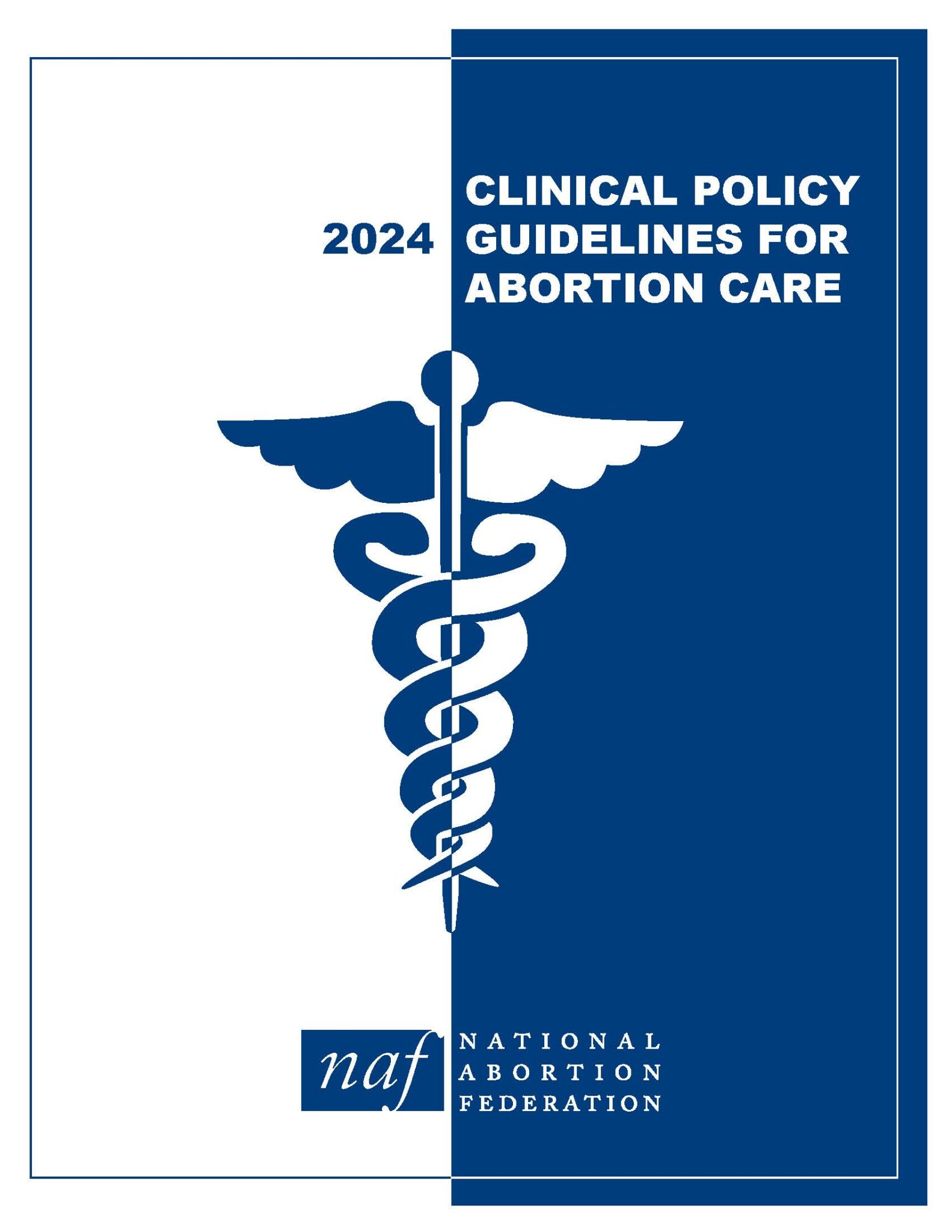 Women’s Breast Cancer Screening Guidelines: Updated Recommendations and Potential Impact
Women’s Breast Cancer Screening Guidelines: Updated Recommendations and Potential Impact
New breast cancer screening guidelines have been released by the United States Agency for Healthcare Research and Quality. The latest recommendation suggests that women should start undergoing mammograms every other year starting at the age of 40. This is a significant improvement over the previous guidance, which advised women to begin biennial screenings at age 50 and encouraged those in their 40s to consult with their doctors about getting screened.
The decision to revise the guidelines was prompted by the increasing rates of breast cancer among women in their 40s and emerging evidence that earlier mammograms can save lives. The National Cancer Institute reported a yearly 2% increase in breast cancer cases among women aged 40 to 49 between 2015 and 2019. Dr. Wanda Nicholson, chair of the task force responsible for the recommendations, emphasized the importance of mammography in light of this trend, stating, “With the increasing incidence of breast cancer among women in their 40s, mammography is becoming even more crucial.”
The independent panel of experts behind the new recommendations believes that they could potentially save up to 20% more lives compared to the previous guidelines. Insurance companies often base their coverage and reimbursement policies on the task force’s recommendations, although many plans already cover mammograms for women starting at age 40.
The process of mammography typically involves a technician at an imaging center or radiology department. The patient’s primary care doctor or obstetrician-gynecologist orders the mammogram, and the patient’s breasts are placed between two plates for imaging using an x-ray machine. If cancer is detected, additional tests such as ultrasounds, biopsies, or magnetic resonance imaging may be necessary to confirm the diagnosis.
It’s important to note that the task force’s new guidelines do not apply to women with a personal history of breast cancer, those who have had an abnormality on a previous biopsy, or those who have a genetic marker for breast cancer. For these groups, more frequent and earlier screenings may be necessary.
Furthermore, the recommendations are specifically targeted at women aged 55 to 74. However, some leading medical groups argue that the task force’s new guidance still falls short in terms of recommendations. The American Cancer Society recommends that women between the ages of 45 and 54 undergo annual breast cancer screenings, with the option to switch to biennial screenings once they reach the age of 55.
It’s worth noting that the updated guidelines do not suggest an upper age limit for breast cancer screening. As long as a woman is expected to live at least another ten years, it is recommended that she continues with regular screenings.
In conclusion, the updated breast cancer screening guidelines recommend mammograms every other year for women starting at age 40. The revised recommendations aim to address the rising incidence of breast cancer among women in their 40s and the potential benefits of earlier detection. While insurance coverage often aligns with the task force’s guidelines, it’s important for individuals to consult with their healthcare providers to determine the most appropriate screening schedule based on their personal history and risk factors.

